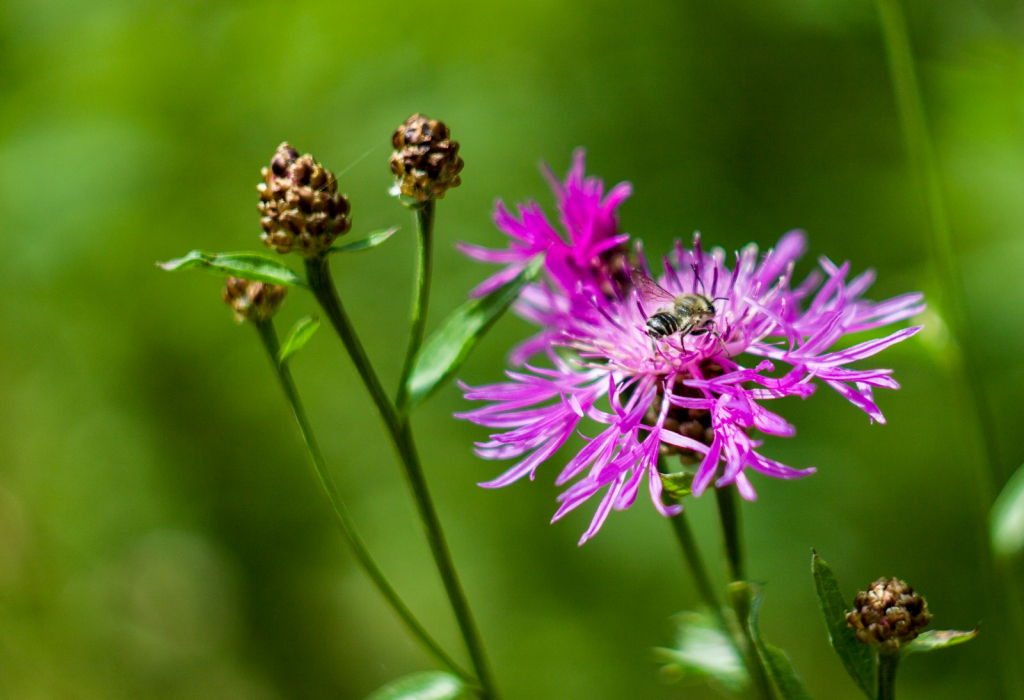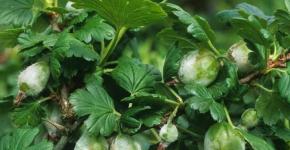Cornflower meadow: description, medicinal properties of the plant
Often behind the external modesty of the plant lies a powerful healing power. This fact is clearly confirmed by the meadow cornflower, which many consider to be a noxious weed, since it looks rather inconspicuous. Let's try to reveal the secrets of this amazing, but very useful plant.
Cornflower meadow: description, types and varieties
The famous naturalist K. Linnaeus, who was able to create a unique classification of plants, drew attention to this variety of wild herbs many centuries ago. Cornflower meadow likes to settle on forest edges, in thickets of wild shrubs, along roads, in open spaces of fields and meadows. In principle, this feature of the plant is reflected in its very name.
Meadow cornflower belongs to the family of Compositae plants. It is a perennial grass that, under favorable conditions, can reach a height of more than a meter. The plant endures adverse conditions, so its habitat is constantly increasing.
The plant blooms almost throughout the summer period, and its lilac-pink, sometimes white, inflorescences always attract bees. Therefore, meadow cornflower is recognized as one of the best honey plants.
When describing a plant, one cannot ignore its medicinal properties. A modest flower in ancient times was noticed by herbalists, after which its healing properties began to be widely used in folk medicine. He enjoys prestige among professional doctors.
As part of healing solutions and other dosage forms, cornflower is actively used to localize inflammatory processes. In addition, it stimulates the outflow of bile well and is an effective diuretic.
The medicinal properties of the plant
Although the composition of the meadow cornflower has not yet been fully studied, scientists have found in it a whole set of components that are beneficial to human health.

Most Valuable Items:
- ascorbic acid (vitamin C) and other important vitamins;
- tannin components (present in the rhizome of the perennial);
- the substance centaurin, which is a bitter glycoside with antipyretic and diuretic effects;
- pectins;
- resins;
- phytoncides (block the development of infectious processes).
It is clear that such a set of natural ingredients is a solid basis for the beneficial properties that cornflower has in abundance. To verify this, it is enough to name a few basic qualities of the plant that are used for home treatment.


